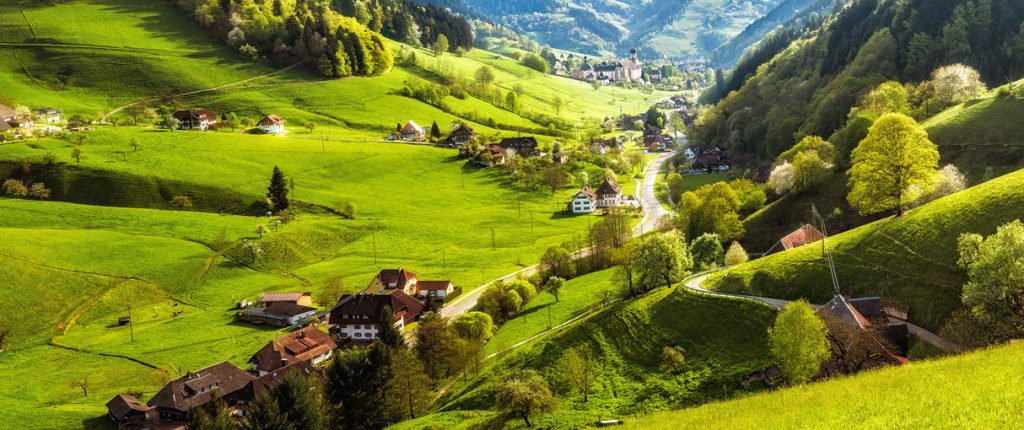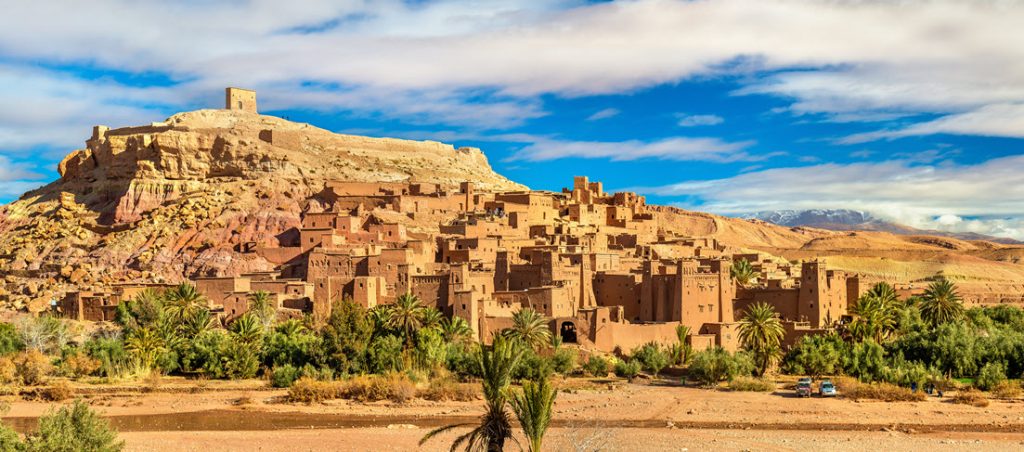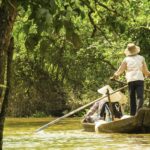For travel photographers, one of the most important pieces of equipment is the tripod. While it is the camera lens that captures the beauty of the moment, the tripod keeps the camera steady so it can take the crispest of pictures.
I have often viewed travel and risk management as a camera and tripod. You, fellow journeyer, are the camera. Through your eyes, and indeed all your senses, you take in the majestic scenery of the trips we design together. This is, after all, your reward for hard work. Whether it is the skyline of Hong Kong photographed from Victoria Peak, the vast plains of the Masai Mara in Kenya, or the coffee plantations dotting the mountainsides in Guatemala, you experience the richness of the world around you. In those moments, whether you are on a personal escape or travelling with family and friends, you capture memories that will last a lifetime. When you return home, you will share those memories, but will often forget about the tripod that was always there keeping you steady. The tripod of risk management is how the best travel professionals keep their clients safe.

The first leg of the tripod is Risk Assessment. This starts long before your trip and is rooted in the initial planning processes. Are there safety concerns with your destination? Are you travelling at a time of year that can produce dangerous weather? Are there elements of your itinerary that add unnecessary danger? Are there cultural sensitivities you need to be aware of? These are the types of topics I discuss with clients during itinerary development.
Some examples:
- In Istanbul, Turkey over a 2-3 year period there were regular anti-government protests along a particular shopping street in the city that would frequently turn violent. There is a hotel we really like on that street, but we stopped selling it for a period of time and alerted clients to the protest area so they were aware to steer clear.
- In the Caribbean, we avoid preparing itineraries for clients from July through October, the peak of the hurricane season.
- Yerevan, Armenia and Tbilisi, Georgia are connected by winding mountain roads. I have had clients ask to take a bus between the two at night to catch an early international flight. Mountainous roads and night driving are not a safe combination, and we will not honor these requests.
- In many countries in Africa and the Middle East, LGBTQ+ travelers need to remain cautious in countries where same sex relationships are discouraged or illegal. We make sure clients are fully aware of this.
Beyond country-specific assessments, your travel professional needs to be prepared for a range of general risks. These include those that are fairly common, such as lost passports or traveler illness. And these also include those that are fairly rare, such as earthquakes, hotel fires, terrorism, and (yes indeed) global health crises.
The key word here is “anticipation”, and it is my job to think of the types of issues that can arise during a trip. I have a matrix of more than 30 categories and subcategories of risk that I contemplate as I am planning a trip with a client.

The second leg of the tripod is Risk Mitigation. Mitigation first focuses on how to reduce the likelihood of a potential risk becoming a reality. This includes things as logical as not hiring a driver to take my clients over the mountains at night, and sharing with clients information on cultural sensitivities. But Mitigation also focuses on how to reduce the likelihood of a small problem becoming a big problem. Making sure travelers have 24/7 contact information for Journey Softly and our in-country partners is just a starting point. Registering clients on the State Department tracking system for each country visited and providing guidance on medical care are also proactive steps taken before departure.
Unseen by clients are the plans for “big events”. We have had client groups in Sweden on 9/11, in China during the outbreak of SARS, in Japan during the 2011 earthquake and tsunami that needed to be evacuated, in Thailand during the violent “Shutdown Bangkok” protests in 2014, and in Israel during a rocket attack near Tel Aviv. In each case, the Risk Mitigation plan provided a roadmap for us and my clients to follow.
The third leg of the tripod is Crisis Management. This essentially is working the plans developed during Risk Mitigation, adjusted for the specific circumstance on the ground. Let’s use the 2011 earthquake off the coast of Fukushima, Japan as an example. Had the epicenter been 300 km. to the northeast, it would have been a non-event. But had the epicenter been 300 km. to the southwest, it would have been directly under Tokyo and the crisis would have been fundamentally different. Crisis Management can involve a combination of Journey Softly, our travel partner in country, your local tour guide, and you – depending on the nature of the crisis. Some crises resolve with a quick phone call or e-mail exchange, while others – such as an earthquake evacuation — can take several days to fully resolve. In general, we play the role of “Crisis Quarterback” making sure everyone is playing their roles.
In summary, you can think of the tripod as:
- Risk Assessment = Anticipation
- Risk Mitigation = Preparation
- Crisis Management = Working the Plan
Whether you notice it or not, the tripod is always there for you, the human camera, so you can relax and enjoy your journey.






